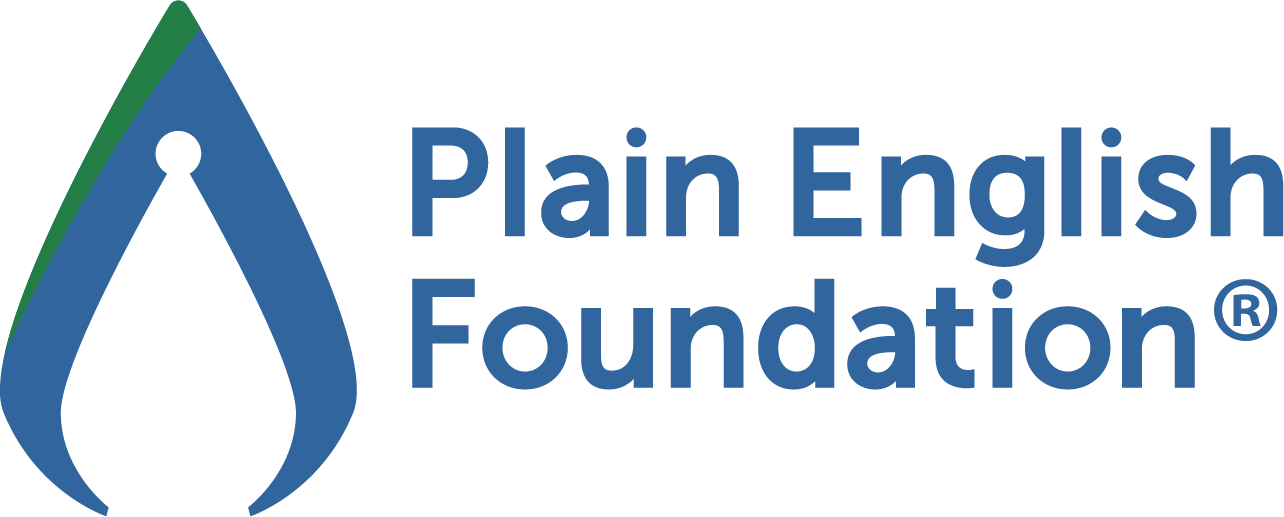How to write a letter
In the age of email and instant messaging, is it still important to know how to write a business letter?
Read on to find out:
- why structuring a letter properly is important
- how writing a formal letter benefits your business
- where to learn how to write a letter properly.

Why structuring a letter properly is important
Whether you’re writing with good or bad news, structuring your letter properly is vital for getting your message across.
Many professionals write as they think, starting with any background information they know about the topic and finishing with their request or suggestion.
But this approach doesn’t work for readers. It buries the information they most need to know at the end of the letter. And it means you won’t get the results you want from your letter.
Say you’re writing to an unsuccessful loan applicant to tell them the bad news. Not only will they be disappointed, they’ll be frustrated they had to read so many words only to find out that their loan application has been denied. Your letter has compounded an already negative interaction.
If you’re writing with good news, but you wait until the end to say it, the reader might miss it altogether, especially if they’re still lost in the details at the beginning of the letter. They might not even bother to read the full letter. There’s a good chance your good news will be tainted by the reader’s confusion and frustration.
What if you’re writing to ask your reader to do something? If you bury your request towards the end, your reader might give up before they get to it, overwhelmed by details and struggling to find the point.
Our advice? Put your readers first and start with the information they need, whether it’s good news, bad news or a request for action. Our courses cover everything you need to know about good business writing, including our tried-and-tested format for writing a letter.
How writing a formal business letter benefits your business
Want to make your business more efficient and your customers happier? One simple place to start is with your letters and emails.
Structuring a letter well benefits your business. It will help you:
- maintain your professional reputation
- reduce calls to your helpdesk
- build your customers’ trust
- get things done more quickly.
Maintain your reputation
Your reputation is your most valuable asset in business. You want people to think of your business as one that respects and values its customers. You want your customers to recommend your business to their friends, family and colleagues.
Turn writing at work into writing that works with our ISO-aligned plain language system.
- thoughtful because you’ve considered their needs and tried to meet them
- organised because you’ve structured your letter in a way that makes sense for your clients
- professional because you’ve taken the time to communicate clearly.
Reduce calls to your helpdesk
Did you know that using the correct letter format can help reduce calls to your helpdesk? That’s because our recommended letter structure ensures that your letter is clear. And plain language strategies such as shorter sentences and simple words ensure that customers understand exactly what you’ve written. When customers understand your instructions or requests, they don’t need to call your helpdesk to ask about the how, what or why of your letter. One Canadian bank found that plain language interventions helped them to decrease the number of calls to their helpdesk by 17.5%. Customers calling your helpdesk have higher expectations than ever before. Ensure they’re not on hold for too long by arming your representatives with plain language reference materials. Plain language is so much quicker to read and easier to understand – it decreased the same Canadian bank’s call duration by 10.5%. By reducing the number of calls to your helpdesk, your business frees up time for innovation and growth. For more benefits of plain language, check out Dr Joseph Kimble’s book, Writing for Dollars, Writing to Please 2nd edition.Build your clients’ trust
When businesses use convoluted language or technical jargon, customers may think the business has something to hide. But plain language is transparent and allows customers to be confident in your products or services. We recommend that when you write a formal business letter, you use plain language conventions, such as the active voice. Your writing will become clearer and sound more human. Using the passive voice sounds cold and impersonal: The company may require an audit of the business comprising an examination of such business records as necessary to ascertain financial results for the period in question. Whereas the active voice is friendly, yet formal: We might need to audit your business records to confirm the financial results for the period. Letters with a human touch will help you build trust with your customers. To help you achieve this human touch, we have our free Australian Style Guide. This resource covers the most common style questions for Australian:- communication specialists
- professionals writing at work
- students and academics.






